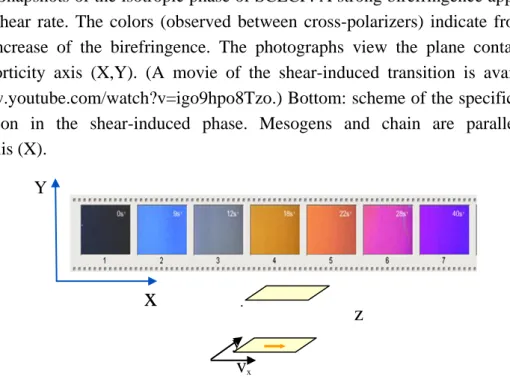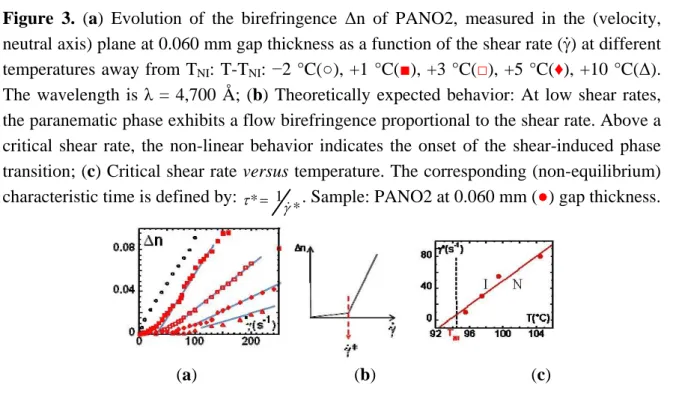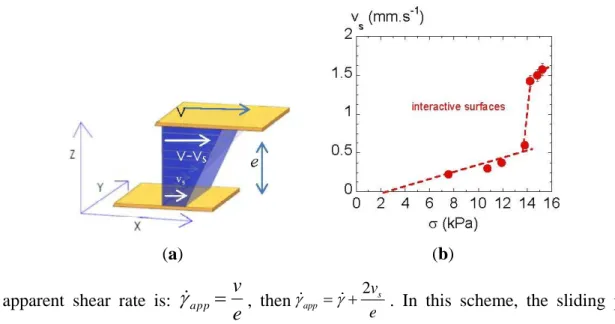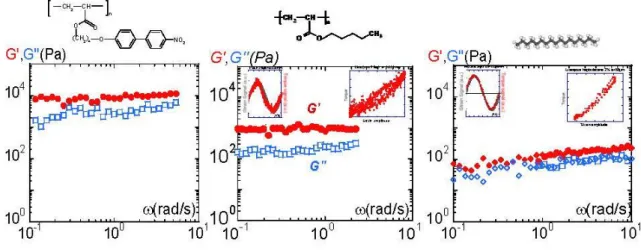Richness of Side-Chain Liquid-Crystal Polymers: From Isotropic Phase towards the Identification of Neglected Solid-Like Properties in Liquids
Texte intégral
Figure




Documents relatifs
elasticity at low frequency proves that a so far neglected visco-elastic relaxation process takes place in liquids and attributed the processes involved to collective interactions
ical potential difference between the substrate and the over- compressed liquid: at small driving forces we see that liquid particles get initially adsorbed onto the growing
Precise measurements of the Kerr effect [6, 9] and magnetic birefringence [6, 7] in the isotropic phase of. some nematic substances have been
for the PM-1 to PM-4 polymers lie at least 100 K above the clearing (liquid crystal to isotropic melt transition) temperatures discussed below.. As a second
The loss of all interlamellar degrees of freedom in the straight walk case leads to an effective crossing. energy Eeff = 2 E whereas for the SAW model
Résume - La théorie d'Onsager pour la transition de phase iso- trope-anisotrope dans une solution de particules en forme de bâtonnets est étendue au cas de solutions
The effect of the spacer length on the nature of coupling in side chain liquid crystals polymers and
The birefringence induced by a pulsed electric field was used to simultaneously determine the intensity and the characteristic time of the local orientational order, which appears

